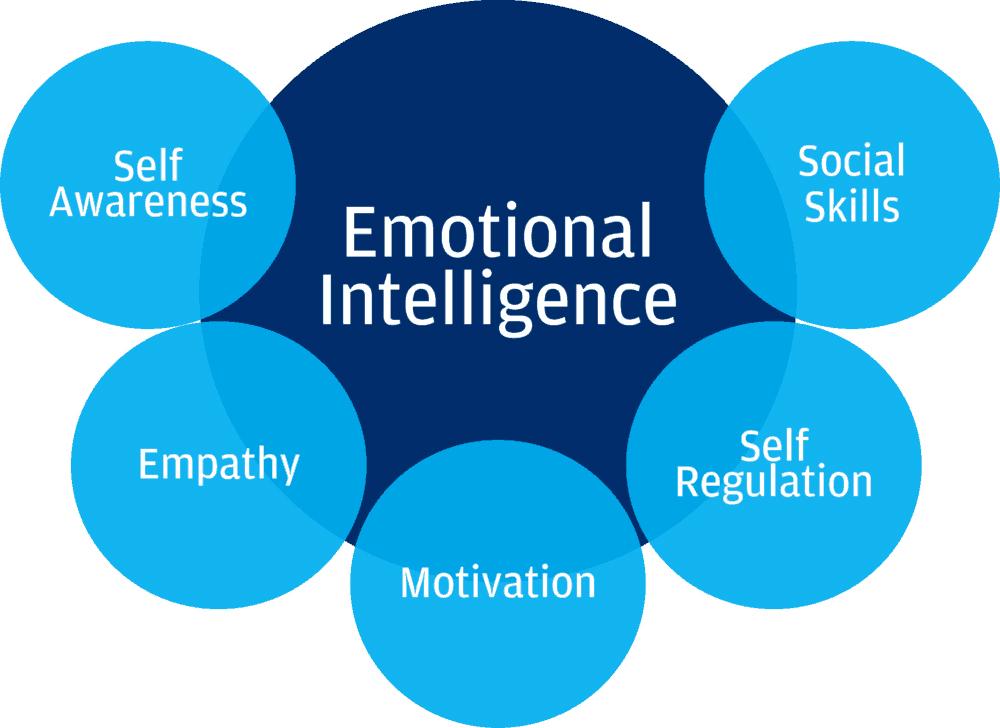In a world where the complexity of human emotions often intertwines with our daily choices, the relationship between emotional triggers and food cravings emerges as a captivating area of exploration. This intricate dance between mind and body not only highlights the profound impact of our psychological state on dietary habits but also underscores the universal nature of this experience. Whether it’s the comforting allure of chocolate during times of stress or the irresistible pull of salty snacks when feeling anxious, the connection between emotions and cravings is both undeniable and deeply personal. In this article, we delve into the nuances of how emotional triggers can influence our eating patterns, examining the underlying psychological mechanisms and the broader implications for our health and well-being. By understanding this dynamic, we aim to foster a more empathetic perspective towards the struggles many face in managing cravings, ultimately paving the way for more mindful and informed dietary choices.
Understanding the Emotional Roots of Food Cravings
Food cravings often go beyond simple hunger; they are deeply intertwined with our emotional landscape. When emotions such as stress, sadness, or even joy surface, they can trigger cravings for certain foods. These cravings are not random but are often linked to the brain’s reward system. Foods high in sugar and fat, for instance, release feel-good neurotransmitters like dopamine, offering a temporary emotional uplift. However, the relief is fleeting, and understanding this cycle is crucial to addressing the root cause of cravings.
Recognizing the emotional triggers that lead to cravings can empower individuals to make more conscious food choices. Consider the following common emotional states and their potential influence on eating habits:
- Stress: Often leads to cravings for salty or crunchy snacks as a form of distraction or quick relief.
- Anxiety: May result in a preference for sugary foods that provide a momentary calming effect.
- Loneliness: Can drive individuals towards comfort foods associated with warmth and security.
- Boredom: Frequently results in mindless eating, where any food can fill the void of inactivity.
By identifying these emotional triggers, we can develop healthier coping mechanisms that do not rely on food, thereby nurturing a more balanced relationship with eating.

Analyzing How Stress and Emotions Drive Unhealthy Eating Habits
In our fast-paced lives, stress and emotions often play a pivotal role in shaping our eating behaviors, leading us to reach for comfort foods that provide temporary solace. When confronted with emotional turmoil, the brain releases cortisol, a hormone that can heighten cravings for sugary or high-fat foods. These indulgences, while satisfying in the moment, are typically short-lived in their comfort, leaving us in a cycle of stress and unhealthy eating. Recognizing this pattern is crucial for breaking free from its grip.
- Stress and Cortisol: Elevated levels of stress increase cortisol production, which can lead to increased appetite and cravings for unhealthy foods.
- Emotional Eating: Emotions such as sadness, loneliness, or boredom can trigger eating habits that are not driven by hunger but by a need for emotional comfort.
- Mindful Awareness: Developing an awareness of emotional triggers and implementing coping strategies can help manage cravings effectively.
Understanding the emotional triggers that drive these cravings is the first step toward healthier eating habits. By acknowledging the connection between our emotions and our eating patterns, we can begin to implement strategies that address the root cause of our cravings, rather than just the symptoms.

Empowering Strategies to Manage Emotion-Driven Cravings
Understanding the roots of emotion-driven cravings is pivotal in reclaiming control over one’s dietary choices. These cravings often stem from emotional triggers such as stress, boredom, or sadness, leading individuals to seek comfort in food. To effectively manage these urges, one must first cultivate self-awareness. This involves recognizing patterns and identifying specific emotions that spark cravings. Journaling can be a powerful tool in this process, allowing individuals to document their emotions and corresponding eating habits, thus unveiling the connection between their emotional state and food choices.
Once these triggers are identified, implementing empowering strategies becomes essential. Here are some practical approaches:
- Mindful Eating: Practice being present during meals to enhance awareness of hunger and satiety cues, reducing the likelihood of emotional eating.
- Emotional Diversion: Engage in activities that provide emotional fulfillment without food, such as exercising, meditating, or pursuing a hobby.
- Healthy Substitutes: Prepare a list of nutritious alternatives that satisfy cravings without compromising health goals.
- Support Systems: Establish a network of friends or family members who can offer encouragement and accountability when cravings strike.
By integrating these strategies into daily life, individuals can transform their relationship with food, promoting both emotional and physical well-being.

Cultivating Emotional Awareness for Healthier Eating Choices
Emotional triggers can significantly influence our food cravings, often steering us toward less healthy choices. When we’re stressed, sad, or even bored, we might find ourselves reaching for comfort foods—typically high in sugar, fat, or salt—as a way to cope. This is because certain foods can trigger the release of neurotransmitters like dopamine, offering a temporary sense of relief or pleasure. However, this cycle can lead to a pattern of emotional eating, where food becomes a primary mechanism for managing emotions rather than fulfilling nutritional needs.
To cultivate emotional awareness and make healthier eating choices, it’s essential to identify and understand these triggers. Mindfulness practices can be particularly effective in this regard, helping individuals to pause and reflect before reaching for that snack. Consider the following strategies to better manage emotional triggers:
- Journaling: Document your emotions and eating habits to uncover patterns and triggers.
- Mindful Eating: Focus on the sensory experience of eating, which can help reduce impulsive consumption.
- Stress Reduction Techniques: Incorporate activities like meditation, yoga, or deep-breathing exercises to manage stress.
By becoming more attuned to your emotional landscape, you can foster a more balanced relationship with food, ultimately supporting both emotional and physical well-being.
